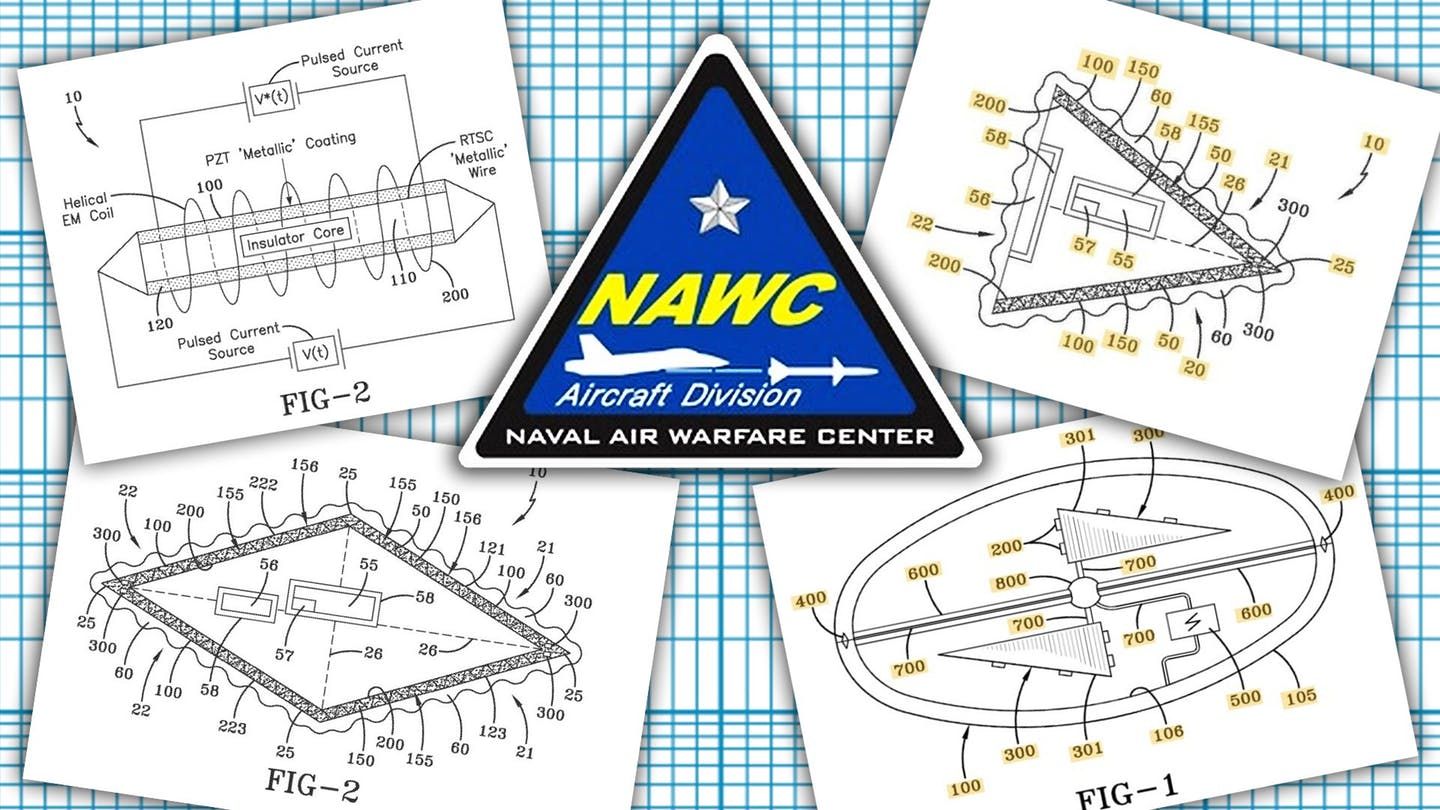Air Force Secretary Barrett Calls for Clean-Up of Space Debris
Article by Frank Wolfe November 16, 2020 (defensedaily.com)
• On November 16th, Air Force Secretary Barbara Barrett called on industry to help the US Space Force with cleaning up space debris to help avoid collisions in space. Barrett told the ASCEND 2020 forum sponsored by the American Institute of Aeronautics and Astronautics. “What we’d like to see in the future is not just tracking, but cleaning up that litter–figuring ways how do you consolidate, how do you get that hazard–17,500 miles per hour rocketing through space, it is a great hazard.”
• “Just think about the GPS system alone,” Barrett said. “Consider how much we depend upon the GPS system. It’s free and accessible to everyone globally, and it’s operated by just eight to 10 people on a shift. So a total of 40 people operate this extraordinary system upon which so much of our current economy depends. It’s broadly used. It’s transformative, but it’s fragile. So that space debris is really a danger to things like our GPS systems. We’ve got to replace those. We’ve got to minimize their vulnerability, and we have to have, as the Space Force will do, space capabilities that will deter others from doing damage to that system upon which so much depends.”
• According to NASA’s Orbital Debris Program Office (ODPO), there are 23,000 large pieces of debris greater than 10 cm tracked by the Space Force’s US Space Surveillance Network. Prior to 2007, the principal source of debris was from explosions of launch vehicle upper stages and spacecraft. But the intentional destruction of a weather satellite by China in 2007 and the accidental collision of the American communications satellite with a retired Russian spacecraft in 2009 greatly increased the number of large debris in orbit and now represent one-third of all cataloged orbital debris.
• US Space Command’s 18th Space Control Squadron at Vandenberg AFB, California monitors 3,200 active satellites for close approaches with approximately 24,000 pieces of space debris, and issues an average of 15 high-interest warnings for active near-Earth satellites, and ten high-interest warnings for active deep-space satellites, every day.
• NASA Administrator Jim Bridenstine recently suggested that nations that damage satellites are risking a legal challenge under the 1972 Liability Convention to the 1967 Outer Space Treaty. In the only claim under the Liability Convention, the Soviet Union paid Canada $2 million after a Soviet nuclear-powered reconnaissance satellite crashed in western Canada in 1978, scattering radioactive debris.
• The US Space Force and the UK are working together to reduce orbiting space debris. Last year, the UK became the first nation to join the US-led Operation Olympic Defender to deter “hostile” space actors, such as China, Russia, and Iran, and decrease the spread of on-orbit space debris. The White House has noted that private companies are developing ‘on-orbit robotic operations’ for active space debris removal. Last March, Space Force chief General John ‘Jay’ Raymond announced that Lockheed Martin‘s ‘Space Fence radar system’ had achieved initial operational capability track smaller objects in low Earth orbit and in Geostationary orbit.

Air Force Secretary Barbara Barrett on Nov. 16 called on industry to help the Air Force and U.S. Space Force with cleaning up space debris to help avoid collisions in space.
“For a long time, the United States Air Force has been tracking space debris, but there’s a lot more to be done,”

Barrett told the ASCEND 2020 forum sponsored by the American Institute of Aeronautics and Astronautics (AIAA). “What we’d like to see in the future is not just tracking, but cleaning up that litter–figuring ways how do you consolidate, how do you get that hazard–17,500 miles per hour rocketing through space, it is a great hazard.”
“Just think about the GPS system alone,” she said. “Consider how much we depend upon the GPS system. It’ s free and accessible to everyone globally, and it’s operated by just eight to 10 people on a shift. So a total of 40 people operate this

extraordinary system upon which so much of our current economy depends. It’s broadly used. It’s transformative, but it’s fragile. So that space debris is really a danger to things like our GPS systems. We’ve got to replace those. We’ve got to minimize their vulnerability, and we have to have, as the Space Force

will do, space capabilities that will deter others from doing damage to that system upon which so much depends.”
Barrett said that processes and doctrines to outline rules of the road in space and aid space traffic management are underway.
According to NASA’s Orbital Debris Program Office (ODPO), there are 23,000 large pieces of debris greater than 10 cm tracked by the Space Force’s U.S. Space Surveillance Network.
“Prior to 2007, the principal source of debris was from explosions of launch vehicle upper stages and spacecraft,” per ODPO. “The intentional destruction of the Fengyun-1C weather satellite by China in 2007 and the accidental collision of the American communications satellite, Iridium-33, and the retired Russian spacecraft, Cosmos-2251, in 2009 greatly increased the number of large debris in orbit and now represent one-third of all cataloged orbital debris.”
FAIR USE NOTICE: This page contains copyrighted material the use of which has not been specifically authorized by the copyright owner. ExoNews.org distributes this material for the purpose of news reporting, educational research, comment and criticism, constituting Fair Use under 17 U.S.C § 107. Please contact the Editor at ExoNews with any copyright issue.


